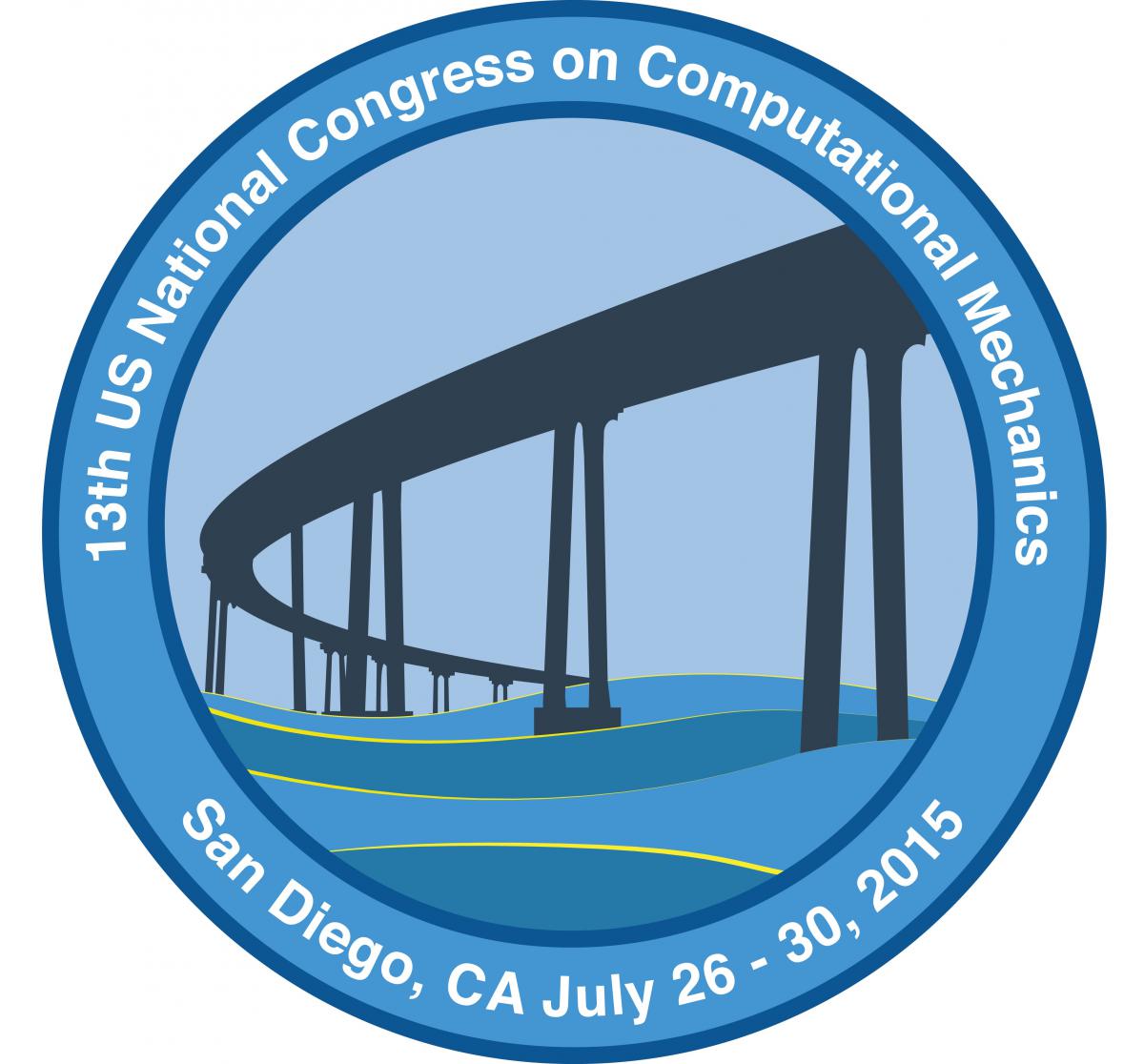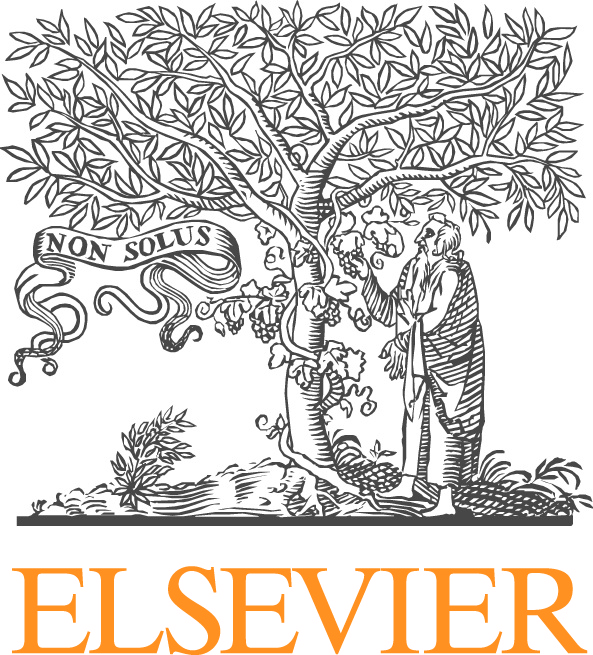Phase Field Methods for Moving Interfaces in Physics and Biology
Krishna Garikipati, University of Michigan
Marino Arroyo, Universitat Polytecnica de Catalunya
Victor Calo, King Abdullah University of Science and Technology
Baskar Ganapathysubramanian, Iowa State University
Hector Gomez, University of A Coruna, Spain
Shiva Rudraraju, University of Michigan
Phase field methods encompass a class of partial differential equations applied to diffuse interface problems. From their early use to describe fluid-fluid interfaces, the reach of phase field methods has grown to include interface problems in materials physics such as phase transformation and grain boundary motion, solidification or melting, moving reaction fronts, crack propagation and even atomic scale resolution of crystal structures. They continue to be used in multi-phase flows and cavitation problems in fluid mechanics. In biophysics they have been applied to model tumor walls, vesicles and cell membranes. Phase field methods have also been used for edge detection in image processing applications. A very rich mathematical literature has been spawned by phase field methods, including the Cahn-Hilliard and Allen-Cahn equations, as well as the phase field crystal equation. Each of them is posed in terms of an order parameter that may be conserved, as in the Cahn-Hilliard equation where it may represent the composition of an alloy, or not conserved, as in the Allen-Cahn equation, where it is typically the abstract representation of some region in a material, such as a grain in polycrystals. Recent applications have witnessed the coupling of phase field equations with the partial differential equations governing phenomena such as fluid mechanics, elasticity, electrostatics or magnetism. The equations are time-dependent, and therefore describe out-of-equilibrium phenomena. They may be second-, fourth- or even high-order partial differential equations in the spatial coordinates. The fourth- and higher-order contributions arise out of regularization terms that are added to non-convex free energies in variational derivations of the phase field equations. This leads to a rich mathematical structure in the continuous and discrete settings, and motivates methods for their analysis as well as numerical methods for their solution.
We aim to continue the strides made by the computational mechanics community in analysis and numerical techniques for phase field methods. This progress has been showcased in recent symposia at USNCCMs and WCCMs. We invite contributions focusing on mathematical analysis, numerical techniques, solvers, and applications to studying the physics of specific problems with phase field methods.
We aim to continue the strides made by the computational mechanics community in analysis and numerical techniques for phase field methods. This progress has been showcased in recent symposia at USNCCMs and WCCMs. We invite contributions focusing on mathematical analysis, numerical techniques, solvers, and applications to studying the physics of specific problems with phase field methods.





